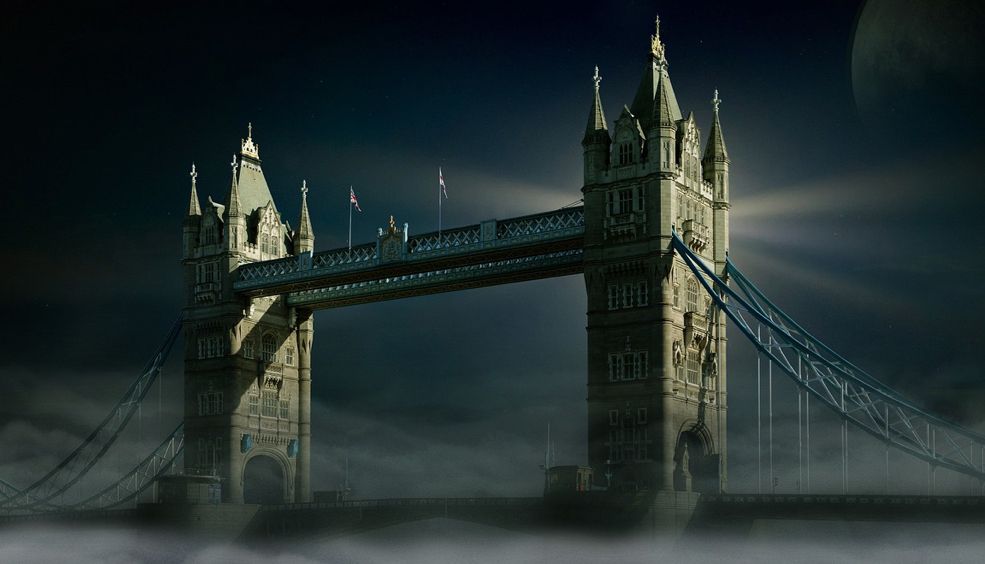What makes Barcelona so family-friendly?
Plenty of things to do with children, such as the Poble Espanyol, Parc de la Ciutadella, L’Aquàrium Barcelona… the list goes on and on. But it's also a city designed to be enjoyed as a family, with hundreds of restaurants to please the tastes of adults and children alike. Plus, the size of the city means that it's easy to get around, whether by public transport or even on foot.
more infoEnjoy the spookiest Halloween ever. The best destinations in Europe!
Celebrate Halloween in one of the cities that we suggest in this post. If you love dark tourism and all things spooky, don’t miss these fang-tastic plans for 31 October (and the days around it!).
more infoAn eco-paradise called Asturias
Discover ecotourism in Asturias: bears, whales, fairytale forests and enchanting landscapes in a natural paradise. Adventure and nature in its purest form!
more info4 reasons to get away to Majorca in spring
Majorca is one of the most popular tourist destinations in the world. And it comes as no surprise, because it offers endless attractions. But if you prefer to stay away from the crowds, it’s better to travel out of season. Spring is a great time to go as it is mild, doesn’t rain much and there are fewer tourists about. Find out the best things to see in the largest of the Balearic Islands, and you won’t need a swimsuit!
more info




